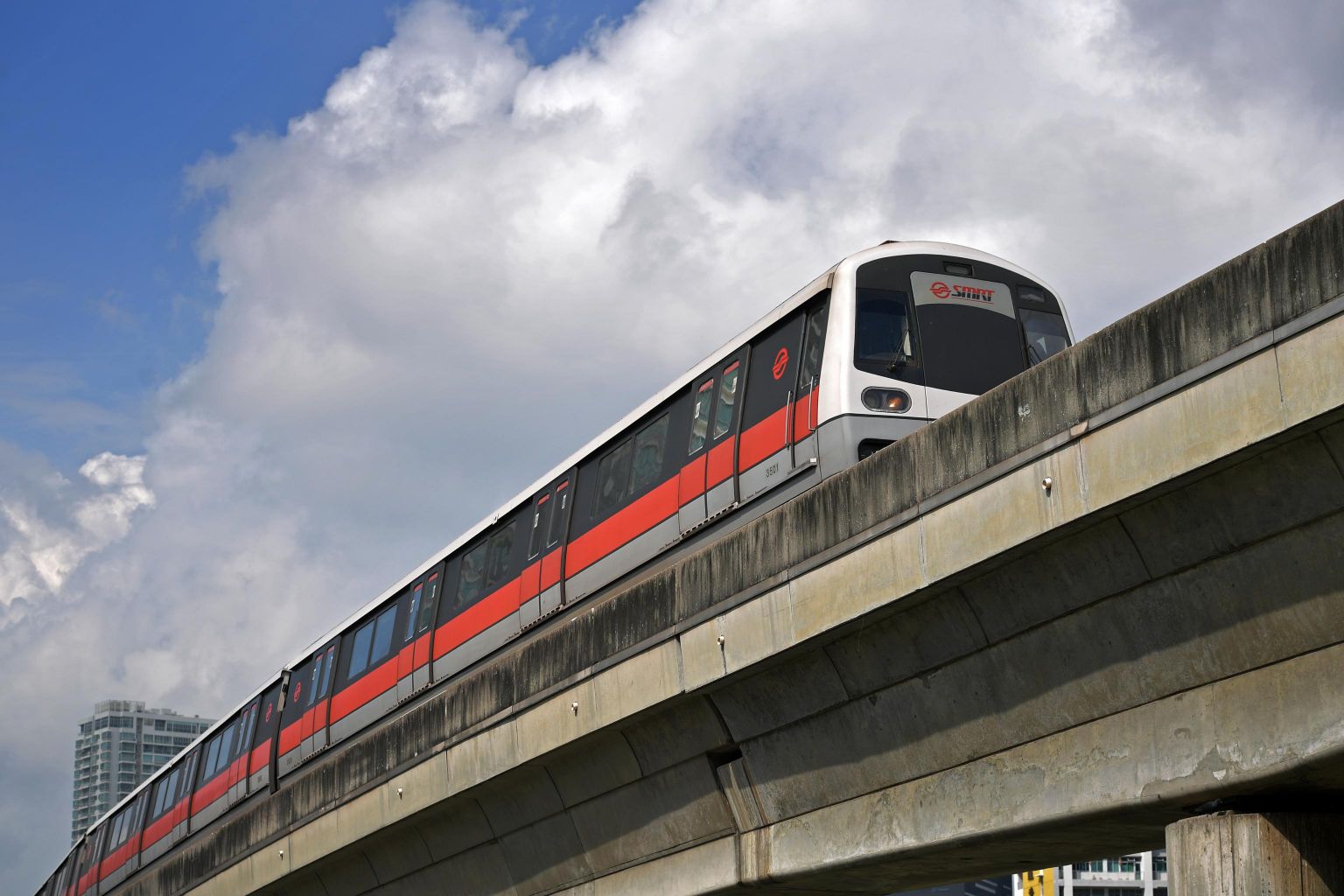Singapore Budget 2018: Govt puts more money where its mouth is when it comes to buses and trains
Sign up now: Get ST's newsletters delivered to your inbox

PHOTO: ST FILE
Follow topic:
SINGAPORE - Transport expenditure for the financial year 2018 is expected to swell by more than 50 per cent to hit a record $13.7 billion - ranking just behind the $14.8 billion earmarked for defence.
Much of the spending will go towards rail projects such as the Kuala Lumpur-Singapore high-speed rail link and the MRT extension to Johor Baru.
Even if Singapore's ambition to almost double its MRT network to 360km by 2030 is expected to figure prominently in any Budget, it is still startling to see transport expenditure ranking above health and education, and trailing just a shade behind defence.
It is the first time transport has ranked so high and so near the top-line item.
As recently as FY2013, transport's expenditure was $6 billion - around half the individual amounts for defence and education, which ranked first and second respectively. And if you went a little farther back, say, FY2000, transport's share of the budget was not even among the top three.
At $13.7 billion, FY2018's transport spending had more than doubled in five years.
Depending on how Changi Airport's massive Terminal 5 will be financed, transport expenditure could well be the chart-topper in Budgets to come. (The government has indicated that it will foot "a large proportion" of the T5 bill.)
New infrastructural projects aside, the enormous FY2018 transport budget is also attributable to moves to renew aging assets on existing rail lines, notably the North-south, East-west lines.
It is also because of government bus contracts, which are progressively rolled out as the state takes a more active and direct role in raising public transport service standards.
In this new model, the government metes out parcels of bus routes through competitive tenders. Successful bidders get to operate the routes for the sum they bid for, with attendant bonuses and penalties to ensure a high level of service. And because the government takes revenue risk, operators are free to focus solely on keeping their side of the bargain.
Much has been done since the Land Transport Authority laid out plans for a "World-Class Land Transport System" more than 20 years ago.
But it is still heartening to see that the government is now putting more money - a lot more money - where its mouth is. It is a sign that it is accelerating its drive to make buses and trains modes of choice, rather than modes of no choice.
Underscoring the importance - and perhaps, urgency - of ramping up the rail network, the government has also set up a Rail Infrastructure Fund, with an initial injection of $5 billion. This fund - above and beyond the budgetry expenditure - will be topped up as and when necessary. It will help make money more readily available for new rail projects farther down the road.
Perhaps if there had been such a fund earlier, Singapore's initial ambition to have a rail network spanning 540km by 2030 - announced by former transport minister Yeo Cheow Tong in Parliament in 2000 - might have been achievable.
Elsewhere, the government expects revenue from certificates of entitlement (COEs) to dip by 6.6 per cent this year to $5.59 billion on the back of a smaller COE quota.
Vehicle taxes however, are expected to increase by 20.2 per cent to $2.81 billion as fewer new cars will qualify for tax rebates under the more stringent Vehicular Emissions Scheme.
Separately, the Transport Ministry's headcount is expected to rise to 7,530 in FY2018 - around 500 people more than last year. Back in FY2013, the number of employees numbered 5,203.

